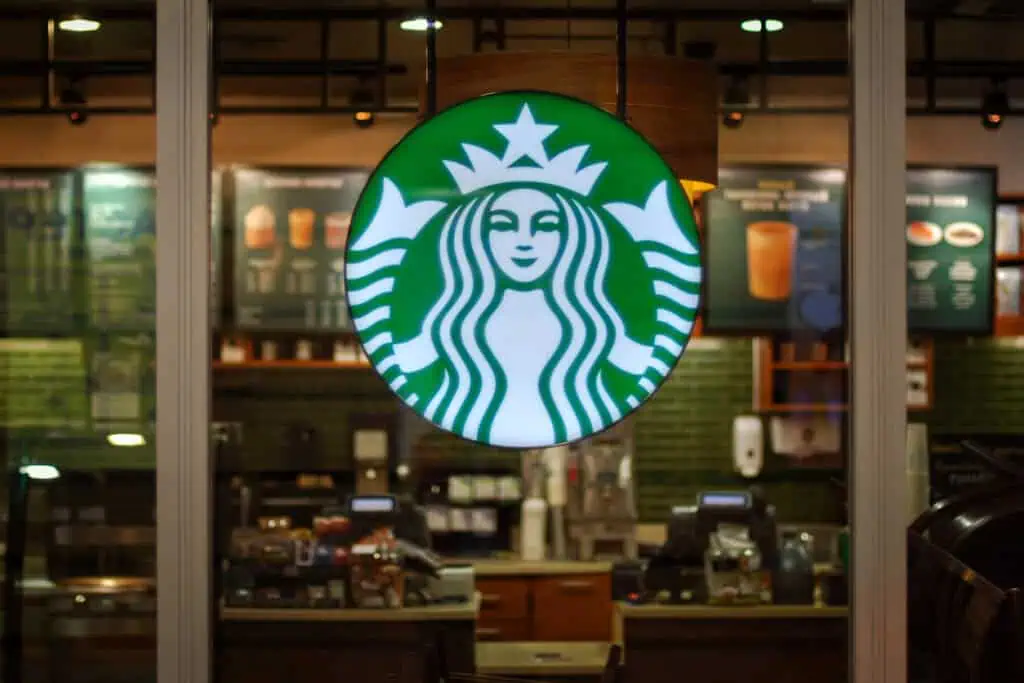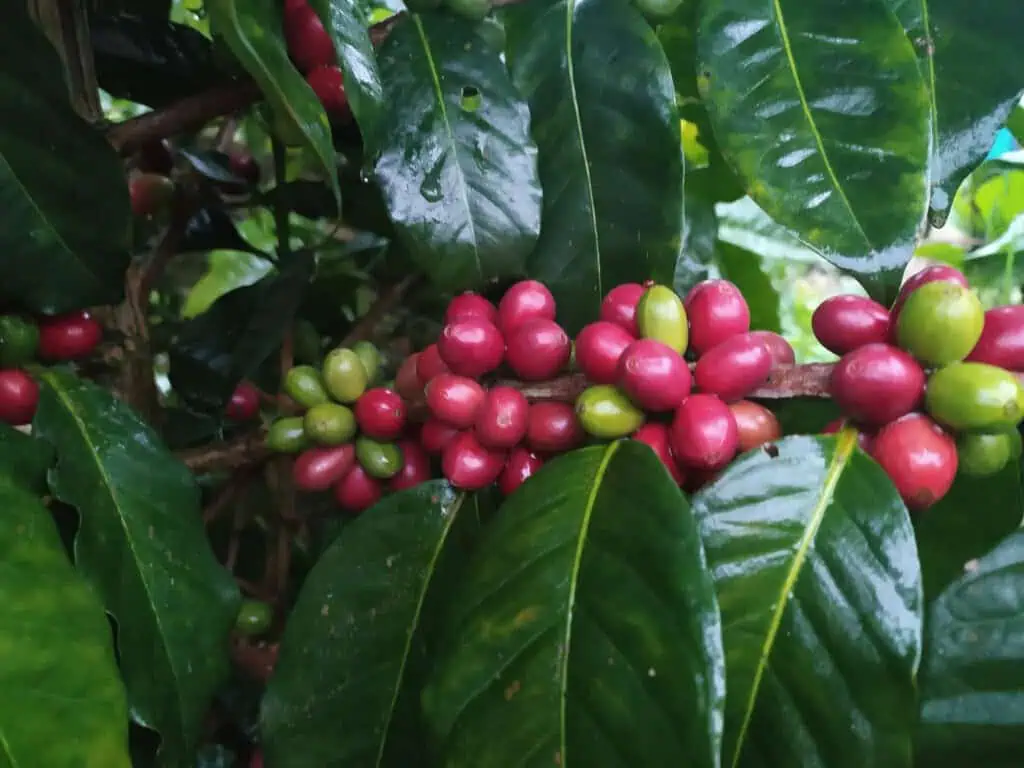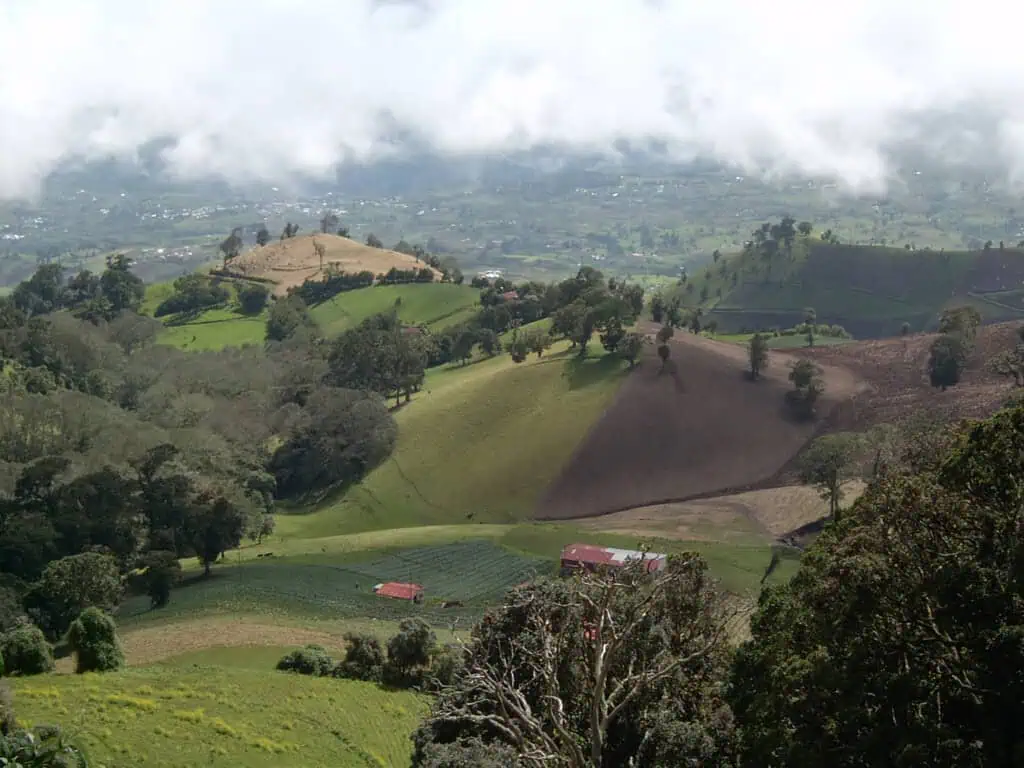
Espresso Assessment’s tasting stories intention to reply espresso questions that may solely be answered by tasting the coffees that pose the questions. Normally, this implies blind-tasting an entire lot of coffees — 50 to 100 per article — and reporting actually on what we discover, together with calling consideration to the best of those coffees with evaluations and rankings.
In 2025, we plan 5 such tasting stories.

February-March: Nationwide Roasters
This 12 months’s first report for February/March asks the query: What’s going to espresso lovers who take pleasure in refined small a number of traceable coffees from smaller roasters discover once they purchase from bigger specialty roasters that promote nationwide, in some instances, worldwide? (We’re you, Starbucks, Peet’s, Blue Bottle, Counter Tradition, Complete Meals, et al.) We’ll anonymously order a variety of coffees from a number of these massive nationwide roasters, blind-taste them and take a look at them for freshness, then report on each the successes and failures with rankings and evaluations.

April-Could: Roasters on Route 66
Highways and occasional have lengthy been entwined in American fantasy, and for our April/Could report we’ll take a digital drive alongside one of the vital storied highways within the U.S.: Route 66. We’ll pattern coffees from among the many regional roasters near that route, a stretch of freeway that for many years carried vacationers throughout the U.S. heartland from Chicago to Los Angeles, via eight states and 292 cities.

June-July: Robusta and Different Non-Arabica Species
Espresso Assessment readers are likely conscious of considered one of specialty espresso’s most persistent taboos: Thou shalt not roast or promote espresso from timber of the Robusta (Coffea canephora) species. Traditionally, the specialty espresso world has averted having something to do with Robusta, the hardier, cheaper various to Arabica that now provides round 40% of the world’s espresso. This prohibition is basically tacit and unspoken, however is predicated on a judgment of Robusta’s cup character as inescapably bland and bitter in comparison with Arabica’s larger sweetness, brightness and complexity. The one motive a espresso firm would roast Robusta, espresso lovers have been given to imagine, is to economize.
Now, on the extra adventurous edges of the specialty espresso world, there’s a new curiosity in Robusta. It’s pushed largely by the specter of international warming, which has the potential to radically cut back lands appropriate for the manufacturing of Arabica, a fussy plant that requires comparatively excessive rising elevations within the tropics with cool nights however no frost. Robusta, then again, can thrive at hotter temperatures than Arabica and is mostly a lot hardier. Not too long ago, the seek for a extra climate-resilient espresso plant has prolonged to different espresso species as nicely — to Liberica, a hardy species extensively grown and consumed in southeast Asia; Excelsa, carefully associated to Liberica; and Stenophylla, a uncommon and lately rediscovered species that, analysis suggests, tolerates excessive temperatures whereas displaying a variety of sensory character just like high-grown Arabica.
For our June/July 2025 report, we can be testing as many examples of specialty Robustas and specialty variations of different non-Arabica species as we will flip up. We are going to probably take into account blends that make important use of Robustas (minimal 50%) in addition to single-origin choices, and can settle for submissions meant for both brewed or espresso preparation.

August-September: Mocha-Java Blends
The world’s first mix, Mocha-Java, mixed the one two coffees the world knew in round 1720: Mocha from Yemen and Java from the Dutch colony of that identify. Regardless of the arbitrary nature of this mix and uncertainty about how these early coffees really tasted, Mocha-Java has remained a remarkably productive mix idea, retaining a core sensory expectation whereas stimulating usually impressed variations. Are modern variations of this mix worthy of its lengthy and distinguished historical past? We are going to survey and rejoice among the newest variations on the richly generative Mocha-Java theme with our August/September 2025 report.

October-November: Costa Rica Coffees
For many years, Costa Rica was famed for its high-grown, meticulously ready washed coffees, cleanly traditional in profile, the final word in consistency. Then, beginning within the 2000’s, the Costa Rica “micro-mill revolution” exploded with its processing experiments. All of a sudden, we had brandy-toned natural-processed Costa Ricas, svelte honey-processed Costa Ricas, and ultimately, candy-toned anaerobic-processed Costa Ricas, all competing with the clear, sweetly brilliant Costa Ricas of custom.
Whither Costa Rica in 2025? Will it lean extra towards the sensory surprises of processing experiments or the hovering class of the traditional? Discover out with our October/November report.
December: Prime 50 Coffees of 2025
Yearly since 2013 we’ve printed a listing of the Prime 30 most enjoyable coffees from among the many 1000’s we examined. In 2013 roughly sixty coffees scored 94 factors or larger. Clearly, any espresso incomes 94 factors or larger is outstanding. Nonetheless, some coffees are rarer and extra distinctive than others. We felt we might make some tough decisions and arrive at a closing listing of 30 with out omitting any that clearly deserved inclusion.
Nonetheless, the variety of coffees we take a look at annually has grown from roughly 300 in 2013 to over 700 previously 12 months. And in these intervening 11 years, we’ve seen an increasing number of distinctive coffees come throughout our cupping desk, as producers, merchants and roasters all develop extra inventive and resourceful, and alternatives for collaboration amongst them intensify. If, in 2013, 60 coffees out of 300 scored 94 factors or larger, in 2024, roughly 30 out of 700 scored 96 factors or larger. It seems that the time has come to develop our listing of 30 prime coffees to 50. We stay up for sharing our Prime 50 Coffees with you on the finish of the 12 months.



